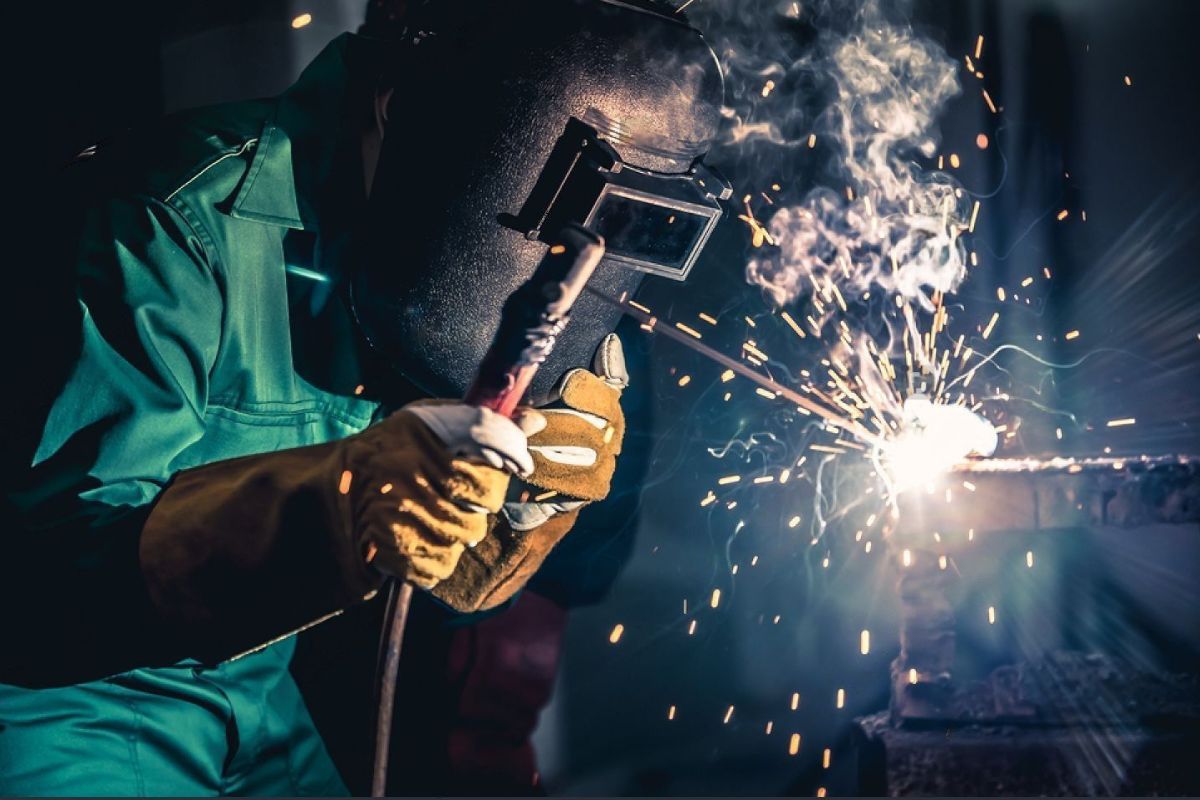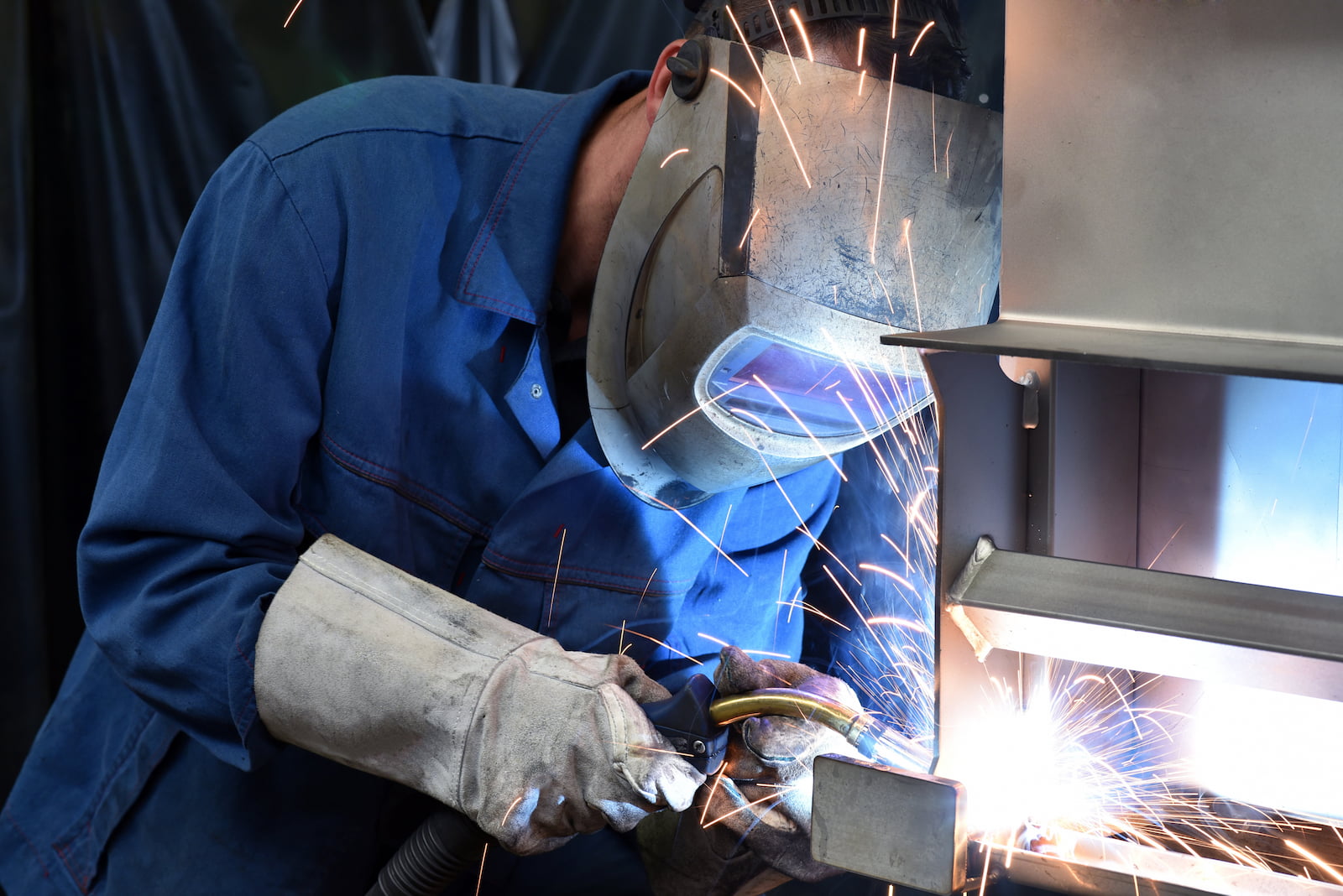Ways to minimize distortion in Montana Mobile Welding and Repair Welding projects
Wiki Article
All Regarding Welding: Secret Insights Into Techniques and Ideal Practices for Success
Welding encompasses a variety of strategies, each matched for particular materials and applications. Comprehending these methods, such as GMAW, SMAW, and TIG, is essential for accomplishing suitable results. Additionally, the best equipment and safety and security methods can not be ignored. As preparation and repairing play crucial functions in the welding process, understanding these elements can considerably enhance the high quality of the last item. What are the vital aspects that guarantee a successful weld?Recognizing Various Welding Methods
Welding strategies incorporate a range of methods, each matched to specific applications and materials. Amongst one of the most usual techniques are Gas Steel Arc Welding (GMAW), Secured Steel Arc Welding (SMAW), and Tungsten Inert Gas Welding (TIG) GMAW, also referred to as MIG welding, is prominent for its speed and adaptability, making it perfect for thin materials. SMAW, or stick welding, is preferred for its simplicity and effectiveness in outdoor atmospheres, especially with thicker steels. TIG welding offers precision and control, making it suitable for intricate job and non-ferrous steels (Montana Mobile Welding and Repair). Each technique has its distinct advantages and factors to consider, enabling welders to choose the most effective method based upon the task's requirements, material type, and desired end results. Recognizing these methods is crucial for effective weldingNecessary Welding Devices and Devices
While various welding methods need specific skills, the ideal equipment and devices are similarly necessary for achieving quality results. Vital welding devices consists of welding devices, which differ depending on the method-- such as MIG, TIG, or stick welding. Protective equipment, consisting of headgears, aprons, and handwear covers, warranties security and convenience throughout the procedure. Additionally, clamps and components aid secure materials in area, guaranteeing precision in welds. Consumables like welding poles, cord, and protecting gas are also important parts that influence the top quality of the weld. Additionally, devices such as mills and cutters assist in surface prep work and post-weld completing, contributing to an expert end result. Investing in high-quality devices ultimately enhances the efficiency and performance of welding tasks.Safety And Security Practices in Welding
Correct safety practices are essential in the welding industry to protect workers from potential threats. Welders must put on proper personal safety equipment (PPE), consisting of helmets with proper shading, handwear covers, and flame-resistant garments. Adequate ventilation is crucial to decrease exposure to harmful fumes and gases produced throughout the welding process. Additionally, employees need to be educated in the proper handling of welding equipment to prevent mishaps. Fire precaution, such as keeping flammable products away from the welding location and having fire extinguishers readily available, are necessary. Normal assessments of tools and workspaces can assist recognize prospective risks prior to they result in mishaps. By adhering to these security methods, welders can create a safer working atmosphere and decrease risks related to their trade.Readying Products for Welding
Preparing products for welding is a vital step that significantly affects the top quality and honesty of the end product (Belgrade Fabrication). Correct prep work involves cleansing the surfaces to eliminate impurities such as rust, oil, and dirt, which can compromise the weld. Methods such as grinding, fining sand, or making use of solvents are frequently utilized to attain a tidy surface. In addition, guaranteeing that the products mesh snugly is crucial; gaps can cause weak welds. It's likewise important to think about the positioning and positioning of the components, as this will certainly impact the convenience of welding and the last result. Choosing the proper filler product and making sure compatibility with the base steels is vital for achieving solid, sturdy welds.Tips for Getting High-Quality Welds
Achieving top notch welds calls for interest to information and adherence to ideal techniques throughout the welding process. Correct joint preparation is important, making sure surface areas are totally free and tidy from impurities. Selecting the appropriate filler material and welding strategy based on the base steels is vital for perfect bonding. Maintaining consistent travel rate and angle while welding can protect against defects and promote uniformity. In addition, controlling warm input is necessary; excessive warm can bring about bending and damaged joints. If needed, consistently inspecting the welds throughout the procedure enables for prompt modifications. Employing ideal post-weld therapies, such as cleaning and stress alleviation, can boost the toughness and honesty of the weld, inevitably ensuring an effective outcome.Fixing Usual Welding Issues
Welding commonly offers difficulties that can influence the top quality and honesty of the end product. Typical concerns such as porosity, inconsistent weld grains, and getting too hot can arise, each calling for details fixing methods. Recognizing these problems is important for welders to enhance their skills and attain ideal outcomes.Porosity Issues Discussed
Porosity can commonly be neglected, it continues to be an important concern in welding that can jeopardize the integrity of a completed item. Porosity refers to the presence of little gas pockets within the weld grain, which can damage the joint and lead to early failing. This problem normally occurs from impurities, dampness, or improper shielding gas protection throughout the welding procedure. To alleviate porosity, welders should confirm that the base products are dry and tidy, utilize appropriate protecting gases, and preserve consistent welding criteria. Consistently evaluating the tools and navigate to these guys atmosphere can likewise assist recognize potential issues prior to they manifest in the weld. Resolving porosity successfully is necessary for achieving strong, durable welds that fulfill quality standards.
Irregular Weld Beans
Inconsistent weld grains can greatly impact the high quality and toughness of a finished item. Different elements contribute to this concern, including incorrect traveling speed, inaccurate amperage setups, and irregular electrode angles. When the welder relocates also promptly, a bead may appear slim and do not have penetration, while moving also gradually can trigger too much accumulation. Furthermore, making use of the wrong amperage can cause either undercutting or excessive spatter, both of which concession weld stability. The welder's technique, such as irregular lantern motion, can likewise cause unequal bead appearance. To minimize these troubles, welders need to focus on preserving stable, regulated movements and making certain proper tools setups to achieve uniformity in their welds. Consistency is vital to achieving trusted and strong welds.Getting Too Hot and Warping Issues
Excessive heat during the welding process can cause significant overheating and warping concerns, affecting the architectural honesty of the work surface. These troubles usually materialize as distortion, which can compromise placement and fit-up, making additional setting up testing. Elements contributing to overheating consist of the choice of welding specifications, such as voltage and take a trip rate, as well as the kind of product being bonded. To mitigate these issues, welders ought to keep consistent traveling speed and appropriate warm input while checking the work surface temperature level. Additionally, pre-heating or post-weld warmth therapy can help reduce stresses triggered by rapid air conditioning - Belgrade Fabrication. Normal examination and adherence to best practices are necessary in preventing getting too hot and making certain the longevity and dependability of welded frameworksOften Asked Inquiries
What Are the Profession Opportunities in the Welding Sector?
The welding industry uses varied career possibilities, including settings as welders, teachers, engineers, and examiners. Specialists can operate in production, building, aerospace, and vehicle markets, taking advantage of solid demand and affordable salaries in different roles.Just How Can I Boost My Welding Rate Without Compromising Top Quality?
To boost welding speed without sacrificing top quality, one need to practice effective techniques, maintain tools, enhance setups, and improve hand-eye sychronisation. Regular training and seeking responses can also substantially contribute to accomplishing faster, high-quality welds.What Accreditations Are Readily Available for Welders?
Many accreditations exist for welders, including those from the American Welding Society (AWS), the National Facility for Construction Education And Learning and Research Study (NCCER), and numerous industry-specific organizations. These credentials enhance employability and demonstrate ability proficiency.How Does Welding Influence the Qualities of Metals?
Welding affects the residential or commercial properties of metals by modifying their microstructure, which can cause adjustments in strength, solidity, and ductility. Warm input and air conditioning prices throughout the process significantly impact these product attributes.Can I Weld Dissimilar Metals With Each Other?

Report this wiki page